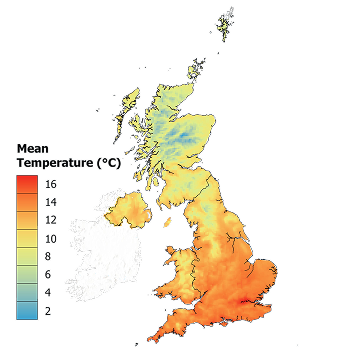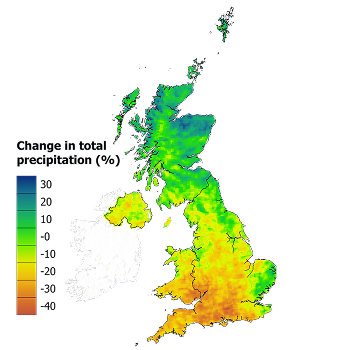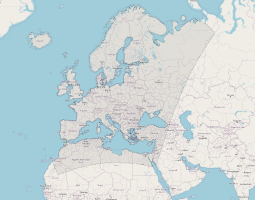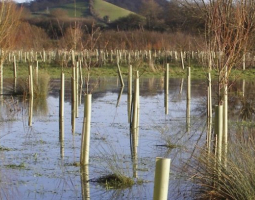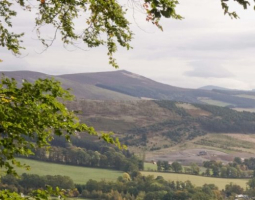Climate Projections
As we strive to limit global warming to 1.5 °C by 2100 under the Paris Agreement, uncertainty remains about whether this goal will be achieved and what will be the future climate conditions in which our trees and woodlands will be growing in. Therefore, understanding potential future climates is crucial.
While climate projections are not forecasts, they help us prepare for the alterations in the climate. By anticipating these changes, we can develop adaptive strategies, enhance resilience, take advantage of any benefits, and mitigate potential negative impacts on our forests and woodlands.
On this page we explain how climate projections are formulated and present temperature and precipitation projections for the UK from 2000 – 2080.
What are climate projections?
Climate projections help us predict the Earth’s future climate by making assumptions about the economic, social and physical changes to our environment that will influence climate change, and are captured in ‘representative concentration pathways’ (RCPs). RCPs depict various possible global greenhouse gas concentrations, depending on whether we continue to rely on fossil fuels or make significant cuts in emissions. The variations in these projections come from uncertainties in human actions, technological progress, and their effects on the climate and will lead to different global temperature increases over the 21st century (Climate Models, Scenarios, and Projections – Climate Science Special Report). Therefore, understanding these projections helps to identify the risks and vulnerabilities that woodlands face, highlighting their importance for forest management in gauging the necessary adaptations to ensure the resilience and sustainability of our woodlands.
Global projected atmospheric greenhouse gas concentrations (RCP Scenarios)
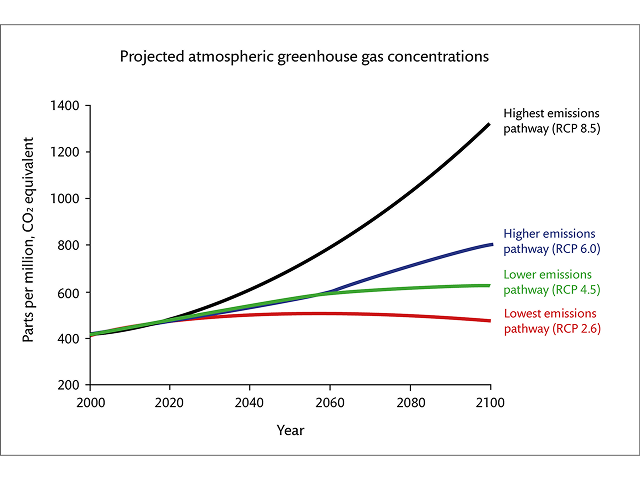
Click image to enlarge
A graph of 4 projected atmospheric greenhouse gas concentrations, RCP 2.6, 4.5, 6.0 and 8.5 over the 21st century. Measured in parts per million of CO2 equivalent.
Source: Future of Climate Change | Climate Change Science | US EPA
Current Climate Trends and Future Projections
Recent figures from COP29 show current global warming at 1.3 °C above the pre-industrial period (1850-1900) (State of the Climate 2024 Update for COP29), with the World Meteorological Organisation (WMO) confirming 2024 has been the hottest year on record at 1.55 °C.
The 2024 Emissions Gap Report by the UN Environment Programme indicates that to stay on track to limit global warming to 1.5 °C, greenhouse gas emissions need to be cut by 42% by 2030 and 57% by 2035. Without these reductions, temperatures could rise by 2.6-3.1 °C by the end of the century. The possible effect of such global climate warming on regional and local climates can be assessed using advanced climate models, as undertaken in the UK Climate Projections project (UKCP18).
What is UKCP18?
The UK Climate Projections 2018 (UKCP18) by the Met Office provide detailed climate model projections to help decision-makers in the UK understand their climate risk exposure. These models use different RCP scenarios, from low to high, to show the impacts of various climate policies. The projections cover key climate variables like temperature, precipitation, and sea-level rise, offering valuable insights to help the UK adapt to climate change (UKCP18 Derived Projections of Future Climate over the UK, 2018)
The process of applying the large spatial scale climate data from UKCP18 to the local scale of the UK doesn’t come without its uncertainty, caveats and limitations.


